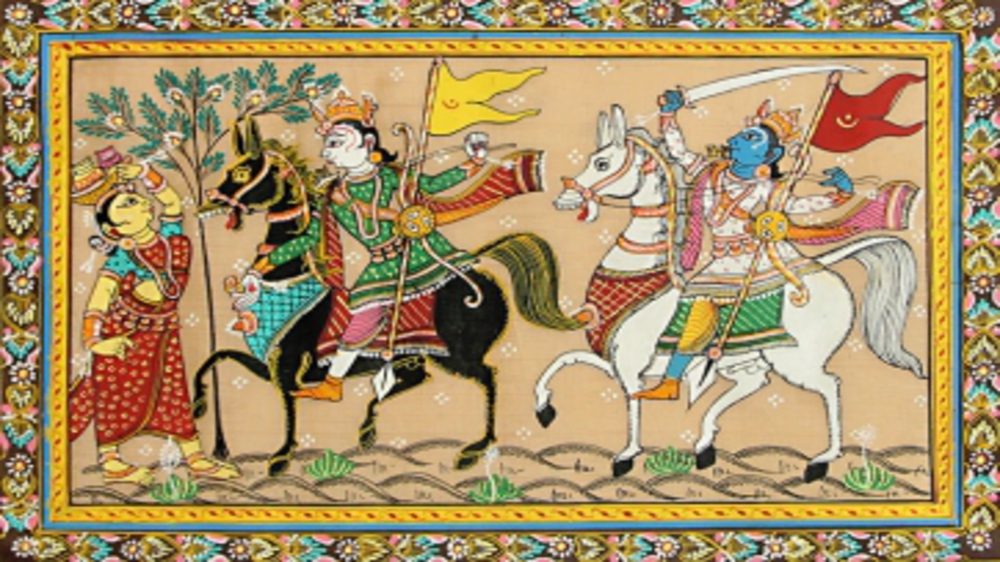Arts & Culture
Pattachitra: An Ancient Art form of Odisha!

Pattachitra style of painting is one of the ancient and unique art forms of Odisha. The traditional art form of Pattachitra is best known for its complex and detailed mythological themes inscribed in each of the masterpieces. Some of the popular themes used through this art form are Thia Badhia or depiction of the temple of Lord Jagannath; Krishna Lila or Shri Krishna displaying his supremacy as a child; Dasabatara Patti or the ten incarnations of Lord Vishnu; Panchamukhi or depiction of Lord Ganesh as a five-headed deity.
The traditions of pattachitra paintings are more than a thousand years old and the name has come from the Sanskrit words patta, means canvas and chitra, means picture. Therefore, Pattachitra is basically referred to as the painting sketched on canvas and is manifested by rich natural colours, creative patterns and designs, and portrayal of mythological themes.
The Legacy
Traditionally the artists of the ancient art form are called as Chitrakars.

A Chitrakar’s studio is his home with all the members of the family, where woman of the family prepares the glue, the canvas and fill in colours, and give the final coat of polish. The male members of the family, who are considered as the master hand of the art piece, draw the initial lines and give the final finishing.
The Unique Process of Painting
Conventionally, the artists paint the Patta paintings on small strips of cotton cloth. The canvas is prepared by coating the cloth with a mixture of chalk and gum made from tamarind seeds. First, the mixture is applied by rubbing it with the help of two different stones and then the cloth is allowed to get dried. The coat makes the surface of the cloth smooth and provides a leathery finish.

The colours used in these paintings are primarily natural and bright colours. The colour range is limited to white colour prepared from conch shell; red dye made from a mineral colour ‘Hingula’; yellow colour made from the king of stones called ‘Haritala’; indigo colour from ‘Ramaraja’; Pure lamp-black or black prepared from the burnt coconut shells.
The brushes that are used by these ‘Chitrakaras’ are also indigenous and are made of the hair of domestic animals. A bunch of hair tied to the end of a bamboo stick make the brush.
Once the drawing is complete, the colours are filled in and the final lines are drawn. After the painting phase is over, the back of the canvas is exposed to heat and then a fine lacquer is applied to the surface of the painting in order to protect it from weather conditions as well as a glossy finish.
The Transition of the Ancient Art Form
With the passage of time, the art of Pattachitra has witnessed through a commendable transition. Today, the artists or chitrakars paint the ancient art form on tussar silk and palm leaves, and even on wall hangings and showpieces.

However, the innovative idea has never proved to be an obstruction in their traditional portrayal of figures and the use of colours, which has remained integral throughout generations. This continuity is the key factor that has retained the effervescence of Pattachitra.





























